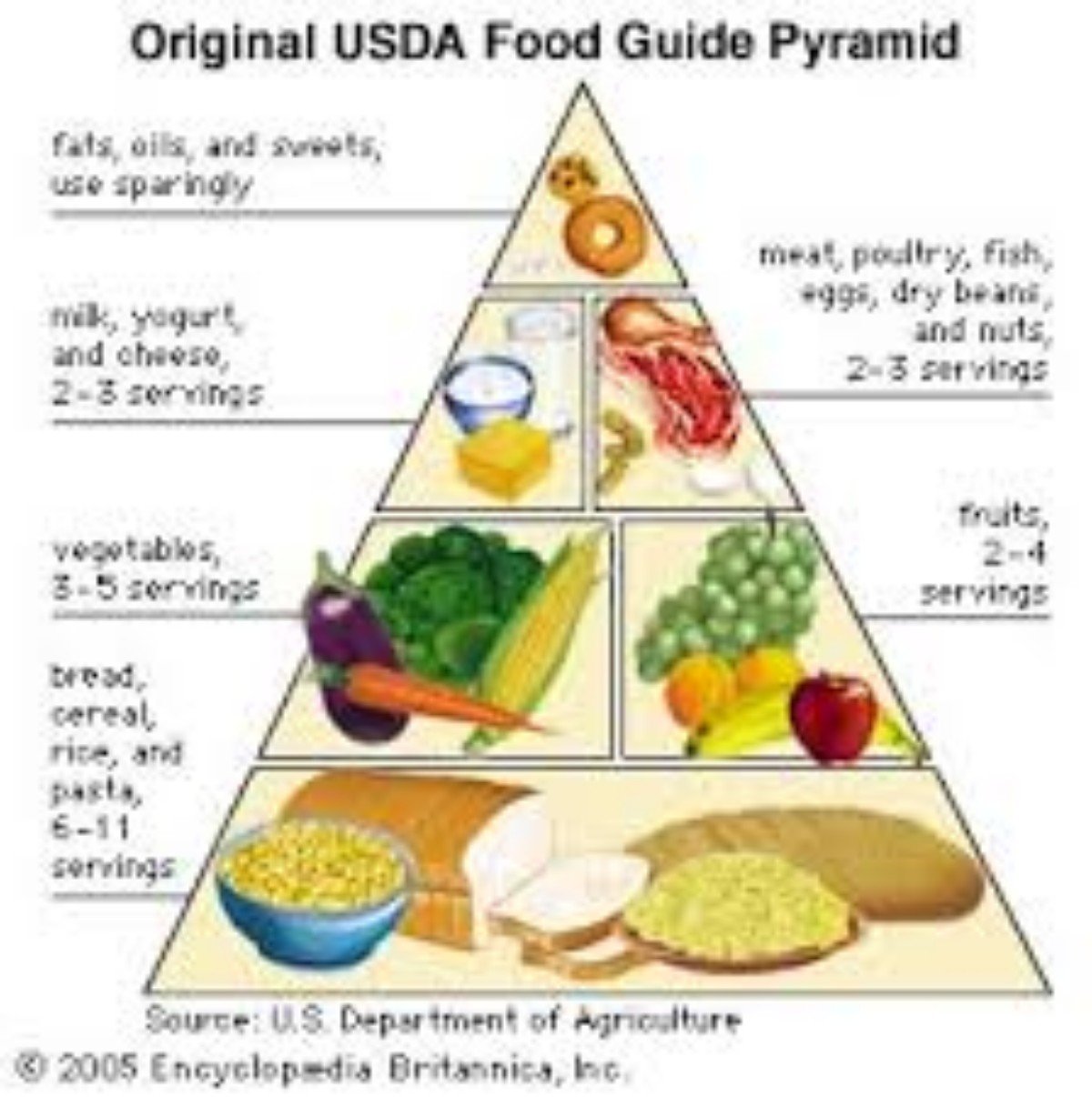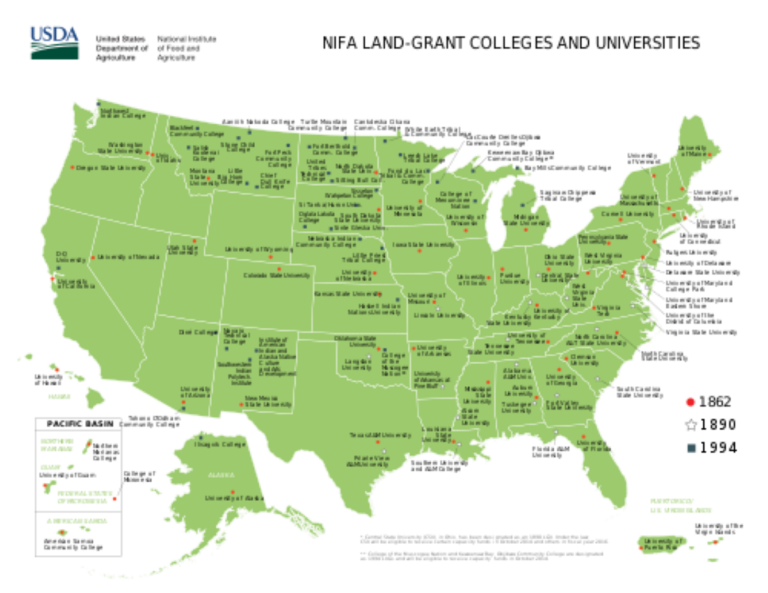a history of the development of the food pyramid and dietary guidelines in the United States
Throughout the 20th century, the food mantra of the United States changed from ‘eat more’ to ‘eat less’. The ‘eat more’ mentality (1890s-1960s) was in response to widespread disease caused by nutritional deficiencies and the eat less (1960s- present) is in response to the dramatic increase in chronic disease brought about by unhealthy diets and sedentary lifestyles.
The first set of dietary guidelines, How to Select Foods, was released in 1917 by the FDA and these guidelines are still the foundation upon which modern day dietary advice is based. These guidelines included five food groups: fruits and vegetables, meat/protein-rich foods, cereals, sweets, and fatty foods. Moreover, they established a framework for the FDA to use when developing public policy related to diet and nutrition.
During the Depression era, a new set of guidelines was released. It included 12 food groups, one of which was milk, for the first time. Additionally, the public was was provided with information regarding the economic and agricultural effects of their food choices.

In the 1940s, the military asserted that nutritional issues could become a matter of national security and encouraged the creation of Recommended Daily Allowances (RDAs), guidelines that are revised every 5-10 years. Throughout World War II, citizens were encouraged to ‘do their part’ by eating foods from each of the food groups, of which there were eight. Four of the eight groups – milk, meat, eggs and butter – contained high levels of cholesterol. Also during this time, the number of food groups was changed to seven, indicating a continued lack of coordination among the regulating agencies. Many of these changes remained in place until the late 1960s/early 1970s.

It was then that American food policy shifted from ‘eating more‘ to ‘eating less‘ as a means for preventing chronic disease. In 1977, Dietary Goals was released by the American Society for Clinical Nutrition and encouraged the consumption of increased amounts of fruits, vegetables and carbohydrates, and decreased amounts of cholesterol, salt, alcohol and sugar as well as fewer eggs. in 1978, the American Heart Association provided additional professional support for dietary guidelines established by Dietary Goals. In 1979, the Department of Health, Education and Welfare issued Healthy People to encourage activities related to the health revolution, signifying consensus among the health community on ways to help improve the health of Americans. Additionally, this document encouraged people to eat less of some foods (namely meat) and went as far as suggesting that the nutritional values of processed foods needed to be addressed. This was the last government document to say eat less of anything. Throughout the following decades, the USDA tried to encourage citizens to eat better diets and make the guidelines for healthy food choices more attainable for consumers by encouraging people not to ‘eat too much’ of certain foods.
However, even these changes were not popular with food producers because they wanted to continue to sell large quantities of food products and continue generating maximized profit. It was also not popular among medical professionals because it took away much of the socially constructed power they were afforded by creating blanket statements about health. Subsequently, the USDA was forced to provide ‘gentler’ suggestions related to food consumption and was even subject to public investigation after dietary suggestions resulted in decreased sales of many meat products.
It was then during Reagan’s presidency that consensus was reached by several different health organizations and the public health recommendations still suggested that people eat less fat (especially saturated), sugar and cholesterol. Unfortunately, based on the following course of events, food company advocates were able to incorporate themselves into the USDA where they continued to advocate idea that all foods can be consumed in moderation. Accordingly, the food industry realized that it was going to adapt to the new dietary guidelines prescribed by the government, so the industry decided to start using those guidelines in their favor.
In 1991, there was an effort to establish a food pyramid with six food groups. However, this was unpopular with the food industry because it appeared to make some foods more important both in the shape of the pyramid and in the recommended serving sizes which had the potential to reduce profits. So, the food industry made it a priority to fight the public introduction by any means possible. A well-orchestrated attack media attack framed the pyramid as a scheme established by animal rights activists. It then became an agenda from different sectors of the food industry or an attempt by the USDA to cover up past mistakes. Nonetheless, the pyramid was released.

Following the release, the food pyramid continued to receive strong criticism from several groups, including but not limited to minority activists and the food industry. The resulting consequences include compromises which include putting a positive spin on everything, for example, encouraging consumers to choose more lean meat, be mindful of serving sizes and engage in more physical activities so that they would not have to worry so much about what they ate. This is not inherently bad, but it also does not educate the public on the dangers of consuming excessive amounts of unhealthy foods.Moreover, it resulted in the slow destruction of the initially very definitive dietary advice.
There was a brief effort to change the food pyramid before switching to the current the current system in place is – myplate. Myplate is based on revisions made to dietary guidelines in 2010. This change was implemented in an effort to encourage citizens to think about the food composition of their plates.
source:
Nestle, Marion. Food Politics: How the Food Industry Influences Nutrition and Health



